The rich and diverse history of India is marked by numerous wars which have shaped the destiny of India. From the beginning of time to the struggle to gain independence, conflicts have profoundly impacted the nation’s history, culture, politics, and identity. This article examines some Important Battles in Indian History and outlines the significant events and ramifications.
I. Introduction
The story of India is entwined with epic battles on the soil. These battles shaped the fate of the empires and kingdoms and had implications for the whole subcontinent. Knowing these pivotal events in Indian historical events provides insight into the past of India and the difficulties it has had to overcome.
II. Battle of Plassey
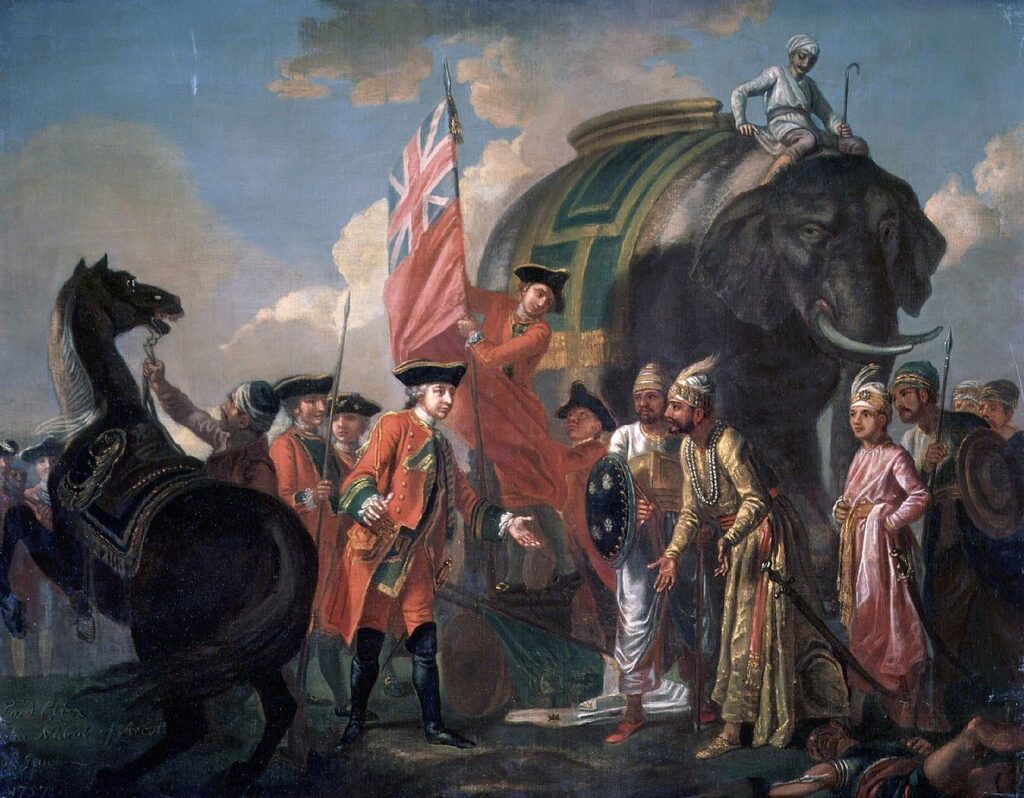
The Battle of Plassey fought in 1757, was significant in Indian history. It was fought between the British East India Company troops, which Robert Clive and the Nawab of Bengal Siraj-ud Daulah led. The British prevailed and established their power in Bengal, starting British colonial rule in India.
III. Battle of Panipat
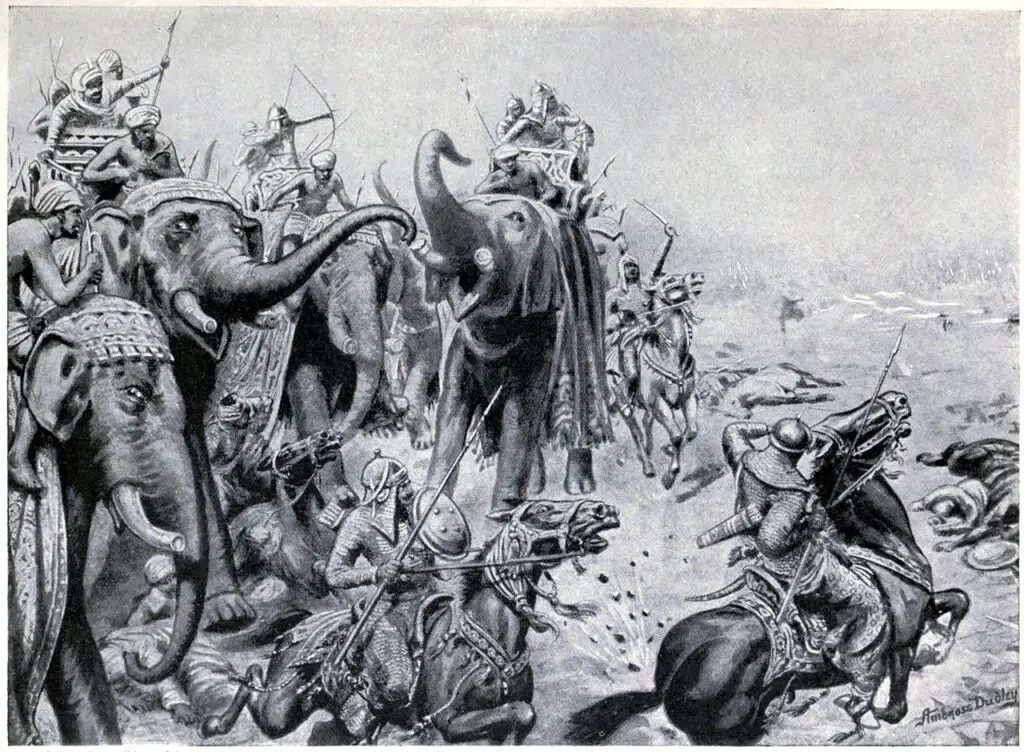
The Battle of Panipat fought in 1526, set the direction in Indian history. The battle was waged between the forces of Babur, the founder of the Mughal Empire, and Ibrahim Lodi, the last ruler of the Delhi Sultanate. Babur’s victory led to the Mughal Empire’s creation in India, which brought a new age of governance and the exchange of cultural ideas.
IV. Battle of Buxar
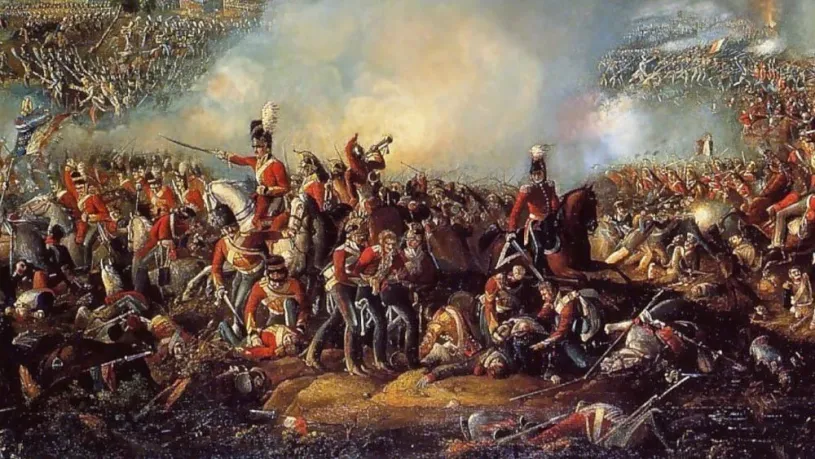
The Battle of Buxar in 1764 was significant in present-day Bihar. It involved British East India Company forces and an alliance of Indian rulers led by Mir Kasim, the Nawab of Bengal. The British emerged victorious, establishing their power in Bengal, Bihar, and Odisha and growing their influence in India.
V. Battle of Seringapatam
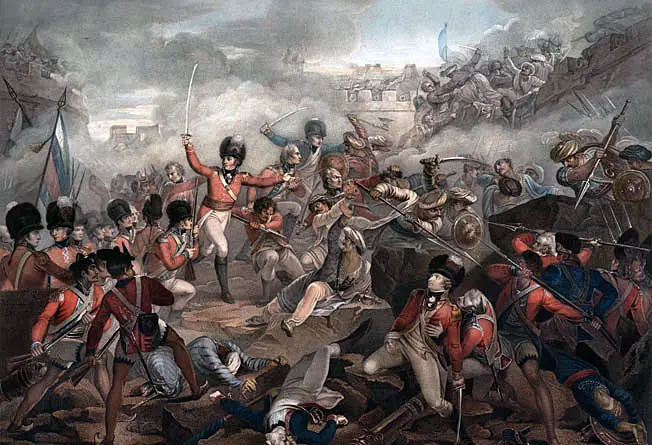
The Battle of Seringapatam fought in 1799, was a decisive conflict in the war between the British East India Company and the Kingdom of Mysore. Under the command of General Sir Arthur Wellesley, the British forces defeated Tipu Sultan, the ruler of Mysore, which led to the end of Tipu Sultan’s rule and eventually the annexation of Mysore in the hands of the British.
VI. Battle of Assaye
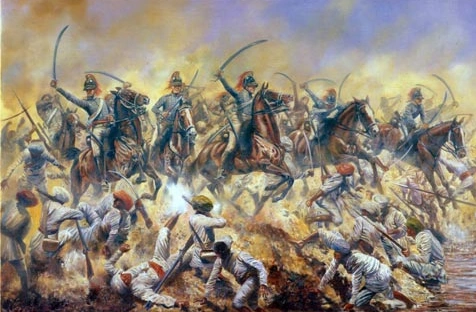
The Battle of Assaye, which occurred in 1803, was a pivotal fought between the British East India Company and the Maratha Empire. Under the direction of General Arthur Wellesley, the British forces won a gruelling victory, broke the Maratha confederacy, and tightened British control over central India.
VII. Battle of Kohima
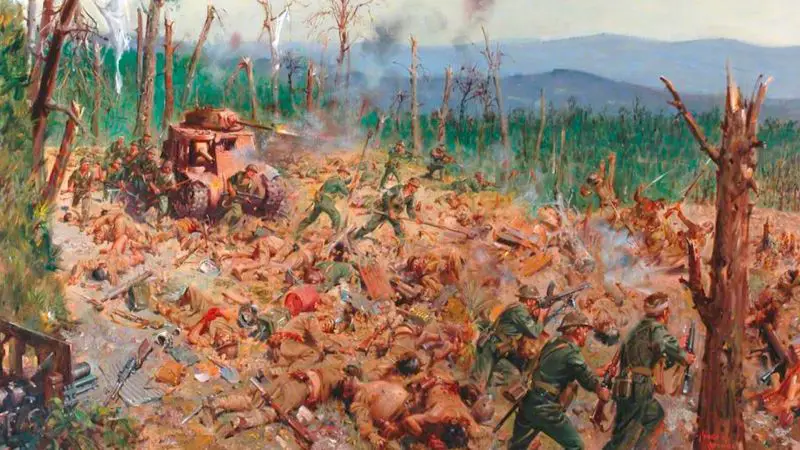
The Battle of Kohima fought in World War II in 1944, was a turning point in the Burma Campaign. It was part of the broader Japanese offensive to conquer India but was crucial in stopping their advance. The battle was fought in the city of Kohima, which is located in modern-day Nagaland.
It was during this time that the British as well as Indian troops, as well as their allies, were confronted by an aggressive Japanese force that was determined to take Kohima as well as cut off vital supply lines to Imphal. The battle raged for a few weeks, marked by fierce combat, a brutal jungle war, and massive casualties on both sides.
Under direction under Major General G.R. Pearkes under the command of Major General G.R. Pearkes, the defence forces stood their ground with determination even though they were outnumbered and suffering massive shortages of ammunition, medical supplies, and food. The battle was fierce hand-to-hand when soldiers battled for every square inch in the rocky and rocky terrain.
The pivotal moment in the battle was the appearance of reinforcements, including the famed Kohima Relief Column commanded by Brigadier General J.S. Rawlinson. The forces of the two joined troops launched their counteroffensive, taking on the Japanese and eventually removing the siege from Kohima.
The Battle of Kohima had far-reaching effects. It was a stopper to the Japanese advance and a severe loss to their morale. It also began the retreat of Burma. The strength and determination shown by the troops fighting Kohima symbolized the Allied fight against the menace of Japanese aggression.
VIII. Battle of Longewala
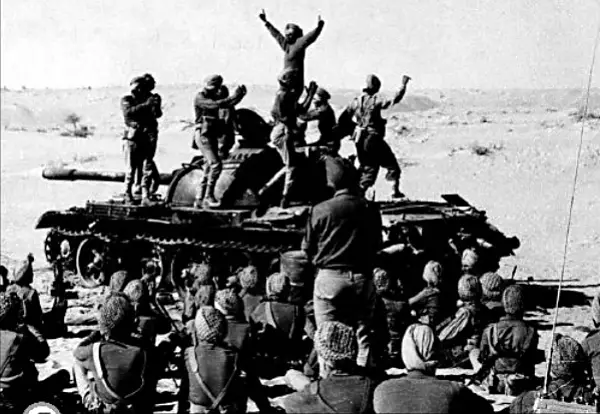
The Battle of Longewala fought during the Indo-Pakistani War of 1971, was an extraordinary defence feat for an incredibly tiny Indian outpost versus an enormous Pakistani army. The battle was fought at the Thar Desert, near the border between India and Pakistan within Rajasthan. Rajasthan.
The Pakistani army started an offensive, aiming to take over their share of Indian territory and move toward Jaisalmer. But they came across their Indian Border Security Force (BSF) outpost in Longewala, which Major Kuldip Singh Chandpuri commanded. The outpost comprised only a few soldiers, with just some tanks and artillery pieces.
Despite being amidst a massive outcry and outgunned, Indian soldiers showed extraordinary determination and strength. They fought with determination, utilizing their resources to cause significant losses to their fellow soldiers in the Pakistani army. They also played a vital role in assisting the Indian Air Force played a critical role in air support, effectively destroying those Pakistani armoured columns.
The fighting lasted for a few hours, with Pakistani forces unable to penetrate the Indian defences. Then the Pakistani army retreated in disbelief that their strategy was futile. Ultimately, Longewala’s Battle of Longewala became an image of India’s resolve and the courage of its soldiers fighting for the country’s borders.
IX. Battle of Haldighati

The Battle of Haldighati took place in 1576 in a crucial battle with the troops that belonged to Maharana Pratap Singh from Mewar and the Mughal army under the command of Emperor Akbar. The battle occurred within the Haldighati Pass, located in present-day Rajasthan.
Maharana Pratap, well-known for his bravery and determination, tried to thwart Mughal expansion and defend Mewar’s sovereignty. Even though he was outnumbered, his army engaged in a battle against their way through the Mughal advance. The match saw intense hand-to-hand fighting as both sides showed incredible courage and ability.
Even though the Mughals declared victory during the battle of Haldighati, Maharana Pratap and his troops managed to elude and fight back in the face of Mughal rule. The war became a symbol of Rajput’s bravery as well as the energy of resistance against a foreign government.
X. Battle of Saragarhi
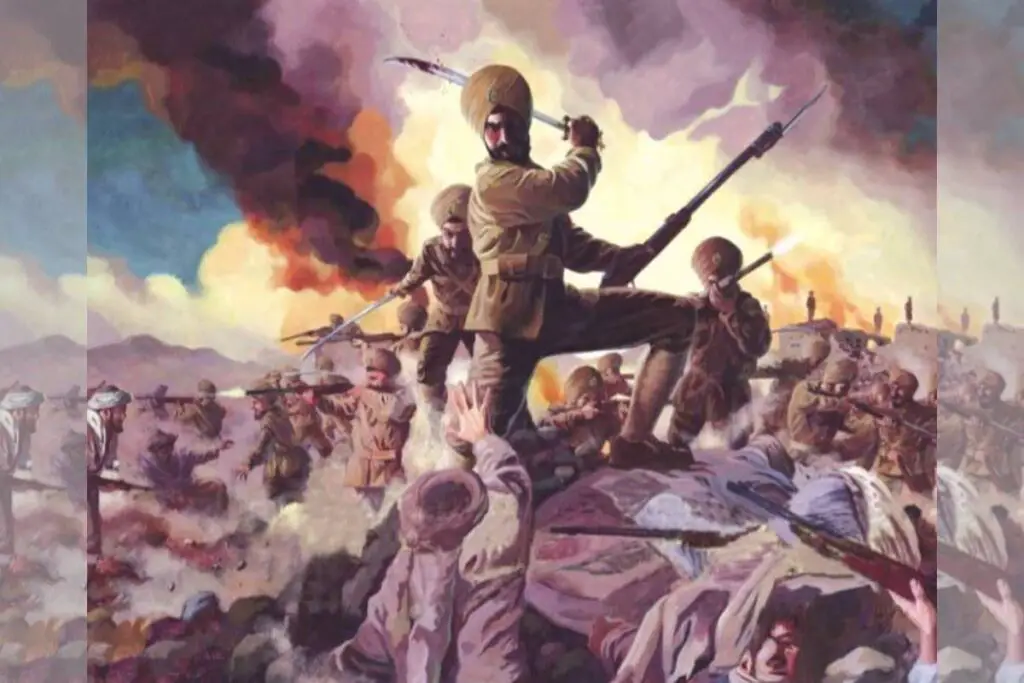
The Battle of Saragarhi, fought in 1897, is a testimony to the unmatched determination and sacrifice of members of the British Indian Army. It was fought in the harsh area of North-West Frontier Province (now in Pakistan) during the Tirah Campaign.
Twenty-one soldiers fought the battle from the 36th Sikh Regiment and thousands of Afghan tribe members. The Sikh soldiers, under Havildar Ishar Singh, defended the small outpost in Saragarhi in the face of massive odds.
Even though being outnumbered, the Sikh soldiers showed unwavering determination and stood up for their country with a vengeance. They held off waves of hostile attacks, inflicting devastating casualties on Afghan tribe members. They displayed extraordinary courage and determination, using their weapons and ammunition effectively.
As the battle progressed and the fighting intensified, the Sikh soldiers realized that reinforcements wouldn’t arrive on time. In a final display of courage, they decided to fight until the end of time, man, instead of surrendering. Every soldier fought with unmatched determination and courage to the end.
The Battle of Saragarhi stands as an outstanding illustration of the unstoppable spirit and sacrifices of the soldiers. Their unwavering dedication to duty and the tenets of bravery and loyalty inspired generations to follow.
XI. Battle of Hydaspes
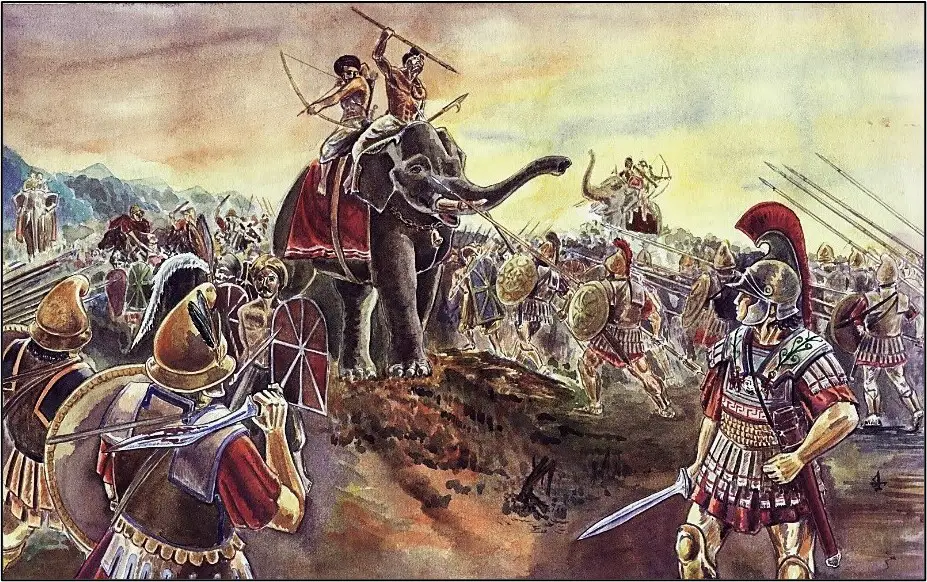
The Battle of Hydaspes, fought in 326 BCE was a historical battle between the armies that belonged to Alexander the Great and King Porus of the Paurava Kingdom. The battle occurred close to the Jhelum River in present-day Punjab, Pakistan.
King Porus, famous for his courage, military skills and strength, commanded an army of power against the forces of Alexander. Even though they were outnumbered and faced the formidable Macedonian force, Porus and his soldiers engaged in a fierce battle, committed to protecting their homeland.
The battle saw fierce cavalry battles, led by Porus and Alexander, with remarkable skills and bravery. While the Macedonians were victorious, Alexander was deeply impressed by Porus’s courage and awarded the prince his kingdom, making him a reliable all-weather ally.
The Battle of Hydaspes marked the most significant stretch of Alexander’s empire and demonstrated the endurance and bravery of Indian warriors. It also brought to light the cultural interaction and respect that grew between Greeks and Indians at this time.
XII. Battle of Chillianwala
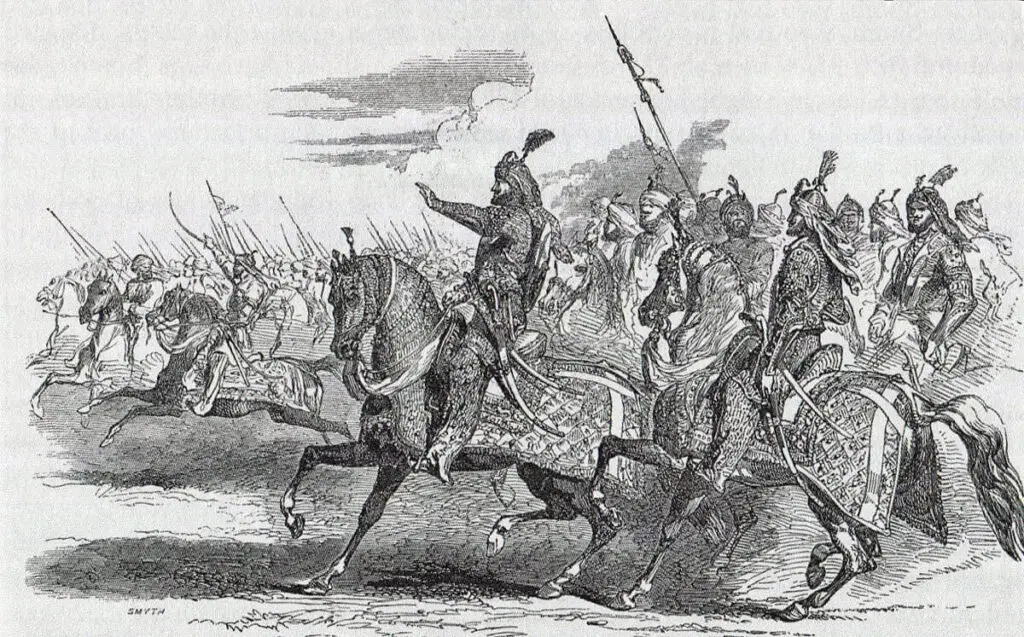
The Battle of Chillianwala fought during the Second Anglo-Sikh War in 1849, was a significant battle between the British East India Company and the Sikh Empire under the direction of Maharaja Sher Singh. The battle occurred close to Chillianwala, a town in the province of Chillianwala in Pakistan.
The Sikh forces, led by Sher Singh and his generals, vigorously challenged an aggressive British advance. Intense combat, intense artillery and infantry battles, and intense action, intense artillery and infantry battles marked the fighting inconclusive.
The Battle of Chillianwala demonstrated the power that was the Sikh Empire and the determination of its soldiers to fight for their sovereignty. Although the British eventually prevailed in the battle, the fierce fighting spirit of the Sikhs demonstrated their courage and determination to fight.
XIII. Battle of Jhansi
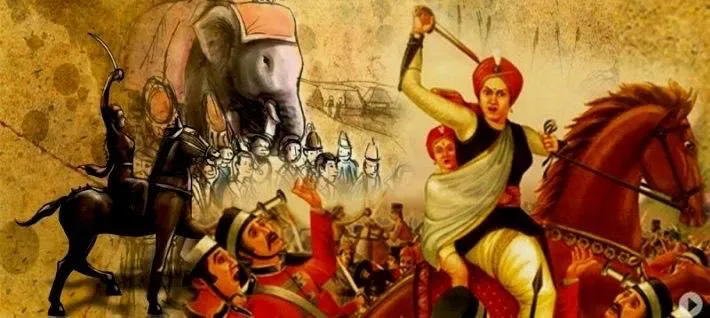
The Battle of Jhansi fought during the Indian Rebellion of 1857, was a crucial moment in the struggle for independence from British Colonial rule. It was fought at the capital city of Jhansi in modern-day Uttar Pradesh and Jhansiegendary Rani Lakshmibai.
Ranishmibai, the queen of Jhansi, was adamant against British rule and became the symbol of rebelliousness and rebellion. The war began with a siege of Jhansi by British forces, and then the Rani took her army to a brave defence of Jhansi.
The battle was characterized by fierce street-to-street battles, as Jhansi forces battled against more powerful British weapons. Rani Lakshmibai displayed excellent military tactics and inspired her troops through courage and determination.
While Jhansi was eventually sacked by the British, the courage and courage that Rani Lakshmibai and her soldiers displayed made a lasting impression. Their struggle, and participation in the Battle of Jhansi, became a call to arms for the Indian freedom movement, fuelling the demand to free India from colonial oppression.
XIV. Conclusion
The battles listed above provide a glimpse of the vast weaving of Indian historical events. Each action symbolizes a struggle for independence, power, and identity. From the earliest to more recent times, These conflicts have formed the destiny of India with a lasting impression on its social, cultural and political landscape.
India has endured and prospered through the sacrifice and courage of many brave soldiers. These wars remind us of the courage, resilience and battle spirit through the nation’s veins. They motivate us to respect and take lessons from the past as we strive for a prosperous and peaceful future.
XV. FAQs
- Q: Which battle marked the beginning of British colonial rule in India? A: The Battle of Plassey in 1757 marked the beginning of British colonial rule in India.
- Q: What was the significance of the Battle of Kohima? A: The Battle of Kohima halted the Japanese advance during World War II and marked a turning point in the Burma Campaign.
- Q: Who led the defence in the Battle of Saragarhi? A: Havildar Ishar Singh led the outpost’s defence in the Battle of Saragarhi.
- Q: What was the outcome of the Battle of Hydaspes? A: Although the Macedonians emerged victorious, King Porus of the Paurava Kingdom fought with great valour and was granted his kingdom by Alexander the Great.
- Q: Who led the resistance in the Battle of Jhansi? A: Rani Lakshmibai, the queen of Jhansi, led the resistance against British forces in the Battle of Jhansi.
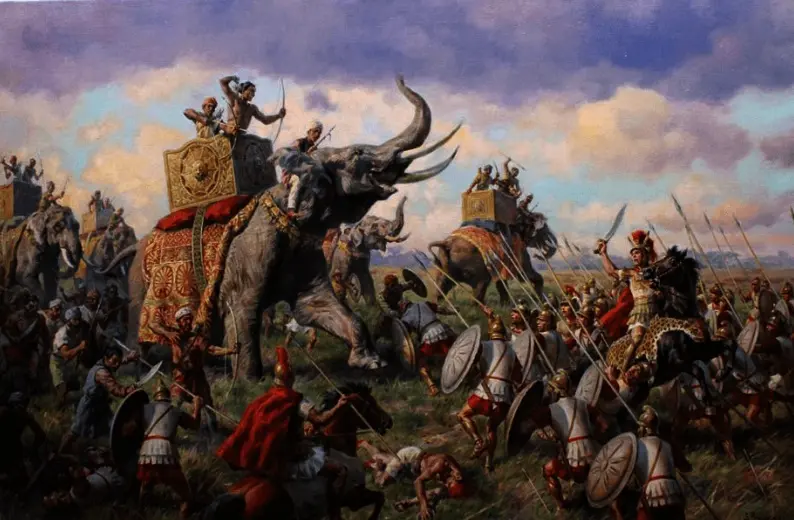
[…] Important Battles in Indian History […]
[…] Important Battles in Indian History […]